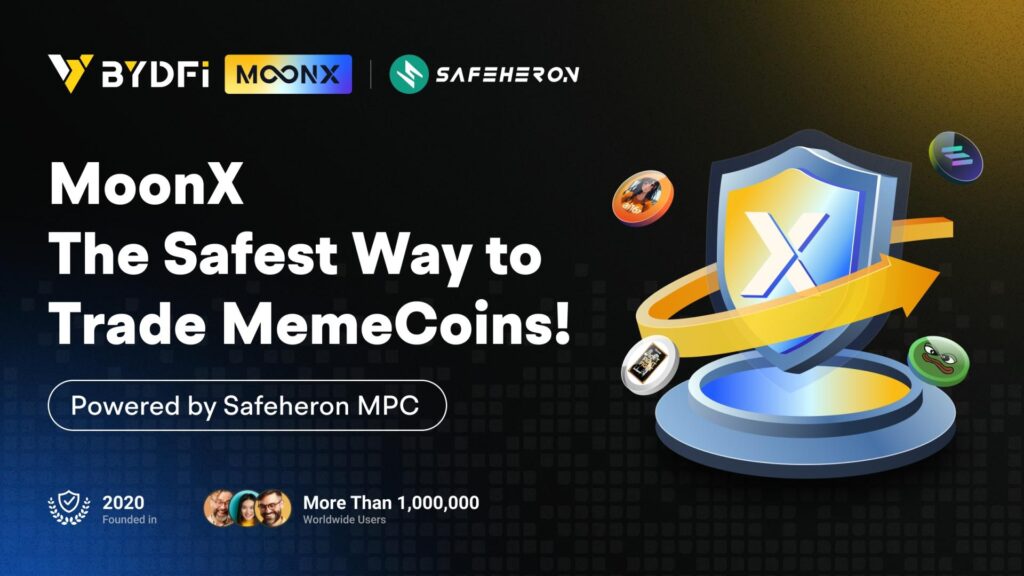
The cryptocurrency market is experiencing a major transformation, poised to change the way digital assets are exchanged and regulated. As the sector evolves, participants need to adjust to a changing environment that integrates regulation, institutional involvement, and new market frameworks. CLS Global, a top global market maker, offers an in-depth analysis of these changes and their significant effects.
Beyond Regulation: A Structural Evolution
This transformation extends beyond standard regulatory changes—it is a fundamental reshaping of market microstructure. CLS Global recently reached a key milestone by settling regulatory matters with U.S. authorities, demonstrating its commitment to compliance. Through proactive engagement with the SEC and other agencies, the company has implemented enhanced measures and refined its operational scope to align with evolving regulations.
At the heart of this shift is the increasing alignment between industry participants and regulators. As clearer frameworks emerge for digital asset trading, market players are stepping up, engaging with authorities, and proactively shaping sustainable operational models.
The Rise of Hybrid Market Structures
Centralized trading platforms are compelled to evolve by the reason of decentralized finance (DeFi) overtaking traditional financial markets. Liquidity providers are now functioning in a new hybrid framework, where centralized finance (CeFi) and DeFi are merging, to meet the increasing need for liquidity among various platforms. This situation offers distinct challenges and possibilities:
- Liquidity solutions of institutional quality are increasingly vital as conventional finance ventures into the cryptocurrency realm.
- Smart execution strategies are evolving to optimize order flow across both centralized and decentralized platforms.
- Risk management frameworks must adapt to a multi-venue trading environment.
Institutional Players: The Real Market Movers
While mainstream attention often focuses on price swings, the real story lies in how institutional players are reshaping market mechanics. CLS Global’s analysts highlight a key trend: traditional financial institutions are demanding trading infrastructure that mirrors conventional markets.
From prime brokerage services to credit networks and advanced execution algorithms, institutional players are driving a more sophisticated market environment. For example, the recent surge in Bitcoin price beyond $106,000 is secondary to the underlying evolution in trading methodologies. Institutional traders increasingly leverage algorithmic execution and smart order routing across multiple exchanges, enhancing market efficiency.
Bridging the Gap: Technical Challenges in Market Making
Despite progress, technical hurdles remain. According to CLS Global’s CEO, Filipp V., “The industry’s next phase will be defined by how effectively we bridge the gap between traditional finance and decentralized systems. Market makers who can navigate both worlds while maintaining compliance will define the future of digital asset trading.”
To succeed, market makers must rethink strategies, incorporating:
- Cross-venue inventory management to optimize asset distribution.
- Dynamic risk pricing across multiple blockchain networks.
- Integration of on-chain and off-chain liquidity sources for seamless trading.
- Real-time adaptation to settlement conditions in different trading environments.
What’s Next for Crypto Market Structure?
With the ongoing evolution of regulatory frameworks, the industry stands at the threshold of a fresh era in automated market-making. The future will involve greater dependence on hybrid models that integrate conventional and DeFi methods, improved settlement systems, and advanced cross-chain liquidity management.
CLS Global continues to lead in these innovations, creating advanced trading strategies to handle the intricacies of the digital asset environment. Individuals who can effectively combine technical innovation with financial knowledge will be instrumental in defining the future of cryptocurrency trading.
The development of the crypto market involves more than just compliance—it entails transformation. The upcoming years will demonstrate which individuals are prepared to take charge in this swiftly evolving environment.
The post The Future of U.S. Cryptocurrency Regulation with CLS Global appeared first on CoinGape.
CoinGape – Read More









